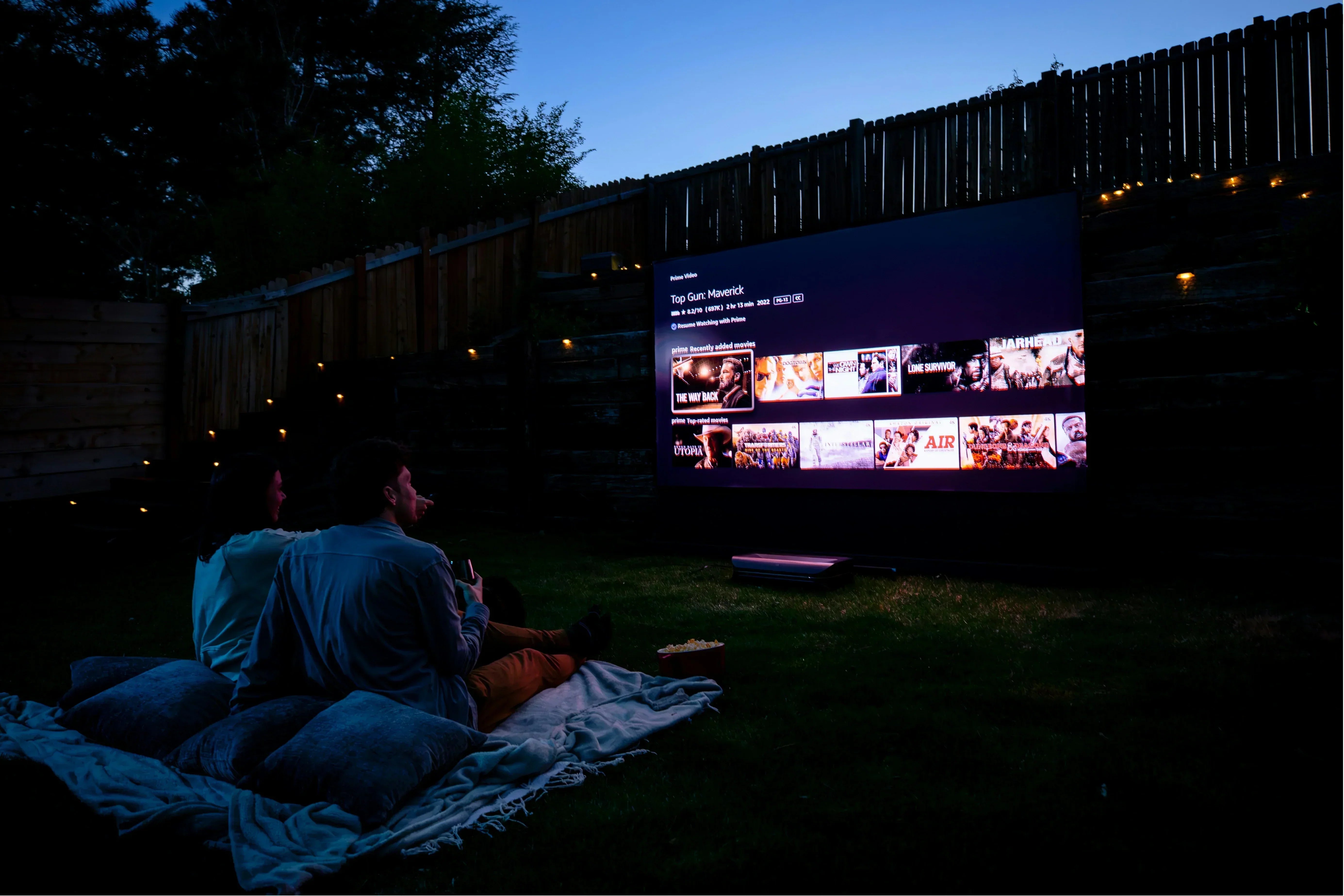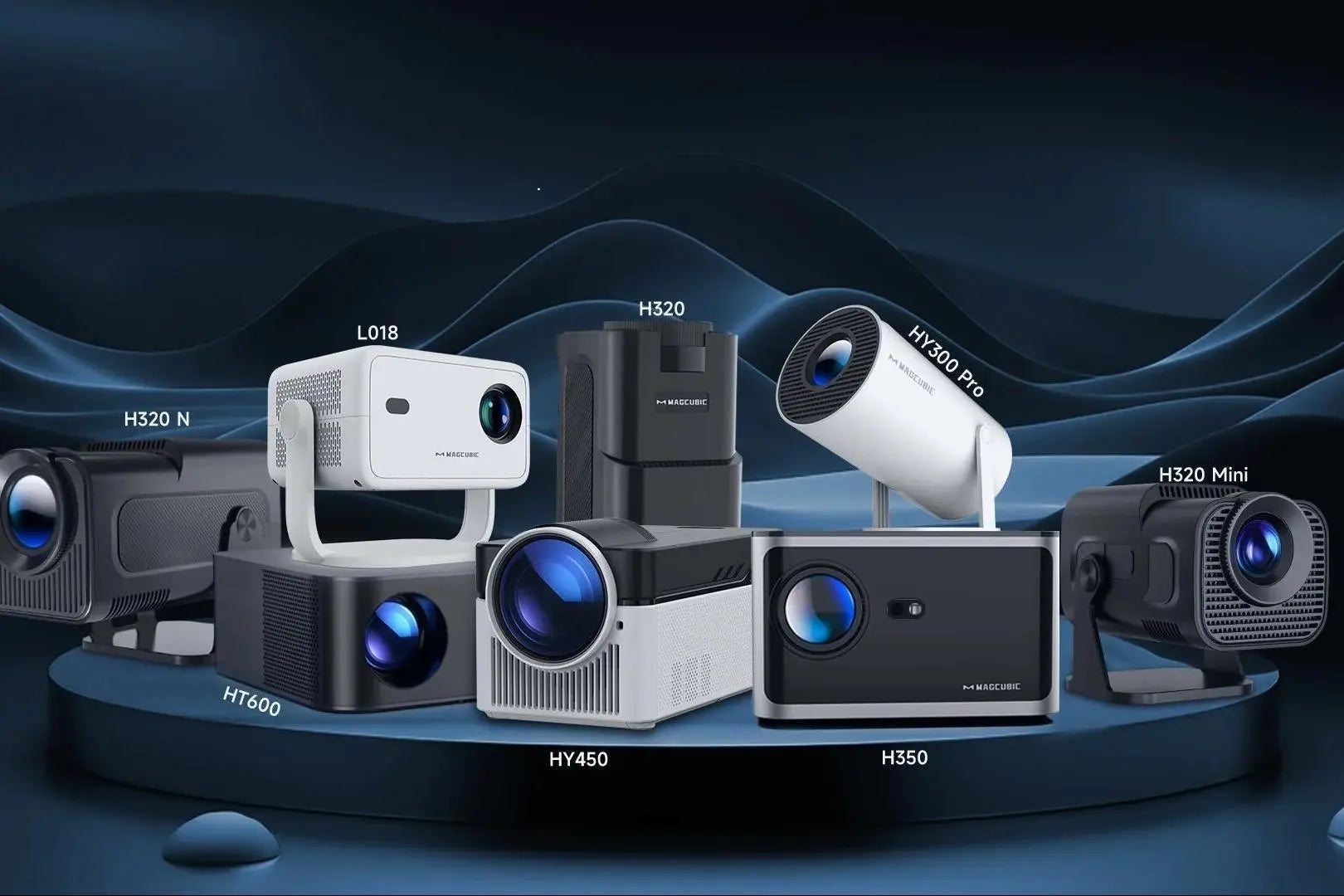When choosing a projector, many people focus on factors like resolution, color, and contrast. However, brightness is another crucial factor that should not be overlooked, as it directly affects the clarity of the image, color performance, and overall viewing experience. But does higher brightness always mean better performance? In this article, we will address this question by looking at the following key aspects.
1. What Is Projector Brightness?
Projector brightness is a measure of the intensity of light emitted by the projector, typically quantified in ANSI lumens. ANSI lumens is a measurement standard set by the American National Standards Institute (ANSI) to provide a unified and scientific way to assess a projector's brightness performance under various lighting conditions. The measurement process involves testing the light output from the projector in multiple areas (rather than just the center of the screen) and calculating an average value for brightness, which is referred to as the "ANSI lumen."
2. How Does Projector Brightness Affect Our Viewing Experience?
 First, projector brightness influences image clarity, particularly in well-lit environments. The higher the brightness, the brighter the projected image becomes, making it easier to see details. In dark environments, a low-brightness projector may cause the image to appear blurry or dim, making it difficult to display fine details or the depth of colors, thereby negatively impacting the viewing experience.
First, projector brightness influences image clarity, particularly in well-lit environments. The higher the brightness, the brighter the projected image becomes, making it easier to see details. In dark environments, a low-brightness projector may cause the image to appear blurry or dim, making it difficult to display fine details or the depth of colors, thereby negatively impacting the viewing experience.
Next, brightness also directly affects color performance. Under low brightness, a projector may fail to accurately display color details, resulting in colors that appear dull or lack vibrancy. In contrast, a high-brightness projector is able to enhance color reproduction, making the image more vivid and the colors more saturated.
3. What Are the Ideal Lumen Values for Different Environments?
To address this question, it’s important to first understand the concept of ambient light. What is ambient light? Ambient light refers to the overall lighting in a particular environment, which can come from natural or artificial sources. This light is usually diffuse, meaning it does not have a specific direction and evenly illuminates the entire space. Ambient light serves as the fundamental light source in any environment, influencing our visual perception of objects, including how brightness from a projector is perceived.

In bright environments, even if the projector itself is bright, the image may still appear unclear or dim if the ambient light is too strong. Conversely, in environments with low ambient light, even a low-brightness projector can display a clear image. Therefore, the ideal lumen value depends on the environment:
-
For a dimly lit room, such as a home theater, a projector with a brightness range of 1000-2500 ANSI lumens is usually sufficient.
-
For bright conference rooms or classrooms, a projector with 2500-4000 ANSI lumens is typically needed to ensure a good level of image clarity.
-
For outdoor use or large-screen projections, to combat strong ambient light and larger projection areas, a projector with 4000 ANSI lumens or higher is recommended.
-
For professional cinemas, projectors typically require 6000 ANSI lumens or more to ensure high-quality image display.

4. What Are the Negative Effects of Excessively High Brightness?
While brightness is important, overly high brightness can have its drawbacks:
-
Eye Strain and Discomfort: The strong light emitted by the projector can cause eye irritation, leading to fatigue or discomfort.
-
Overexposure and Color Distortion: Excessive brightness can lead to overexposure, which may result in color distortion and a loss of image quality.
-
Increased Power Consumption and Heat Generation: High brightness can cause the projector to consume more power and generate excess heat, potentially reducing efficiency and increasing the risk of overheating.
Conclusion
Lumens are a key indicator of projector brightness, and understanding the relationship between lumens and the intended use case is essential when selecting a projector. Depending on the specific needs—whether for home theaters, business presentations, or outdoor activities—choosing a projector with the appropriate brightness level ensures the best viewing experience.
So, returning to our original question: Is higher projector brightness always better? After reading this, I believe everyone has come to a conclusion. And the ideal brightness depends on the specific environment and use case.



